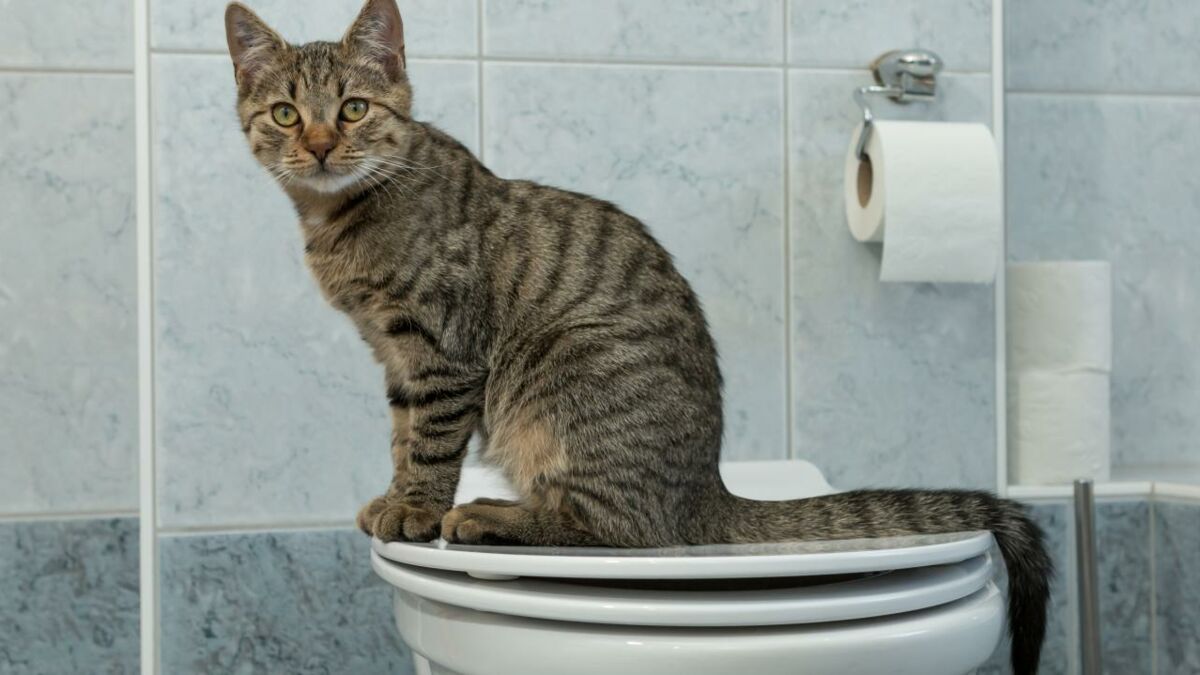Dangers of Flushing Cat Poop Down Your Toilet - Avoid Potential Issues
Dangers of Flushing Cat Poop Down Your Toilet - Avoid Potential Issues
Blog Article
Listed here below you can locate a good deal of first-rate material relating to How to Dispose of Cat Poop and Litter Without Plastic Bags.

Introduction
As cat proprietors, it's essential to bear in mind exactly how we throw away our feline pals' waste. While it may seem practical to purge pet cat poop down the toilet, this practice can have harmful consequences for both the setting and human health and wellness.
Alternatives to Flushing
Thankfully, there are more secure and more responsible methods to deal with pet cat poop. Think about the following options:
1. Scoop and Dispose in Trash
The most typical approach of throwing away pet cat poop is to scoop it into an eco-friendly bag and throw it in the garbage. Be sure to use a committed clutter inside story and deal with the waste without delay.
2. Usage Biodegradable Litter
Select biodegradable pet cat trash made from products such as corn or wheat. These trashes are eco-friendly and can be safely thrown away in the trash.
3. Hide in the Yard
If you have a yard, take into consideration burying feline waste in a marked area away from veggie gardens and water sources. Make sure to dig deep adequate to prevent contamination of groundwater.
4. Install a Pet Waste Disposal System
Purchase a family pet waste disposal system specifically created for pet cat waste. These systems use enzymes to break down the waste, minimizing smell and environmental effect.
Wellness Risks
Along with environmental worries, purging cat waste can likewise present wellness risks to humans. Feline feces might contain Toxoplasma gondii, a parasite that can trigger toxoplasmosis-- a potentially extreme ailment, particularly for pregnant ladies and people with damaged body immune systems.
Ecological Impact
Purging pet cat poop presents hazardous virus and bloodsuckers right into the water supply, posing a considerable danger to marine ecosystems. These contaminants can negatively impact marine life and compromise water high quality.
Verdict
Responsible pet dog ownership prolongs past providing food and sanctuary-- it additionally involves appropriate waste monitoring. By refraining from flushing cat poop down the bathroom and opting for alternative disposal techniques, we can decrease our environmental footprint and secure human wellness.
Why Can’t I Flush Cat Poop?
It Spreads a Parasite
Cats are frequently infected with a parasite called toxoplasma gondii. The parasite causes an infection called toxoplasmosis. It is usually harmless to cats. The parasite only uses cat poop as a host for its eggs. Otherwise, the cat’s immune system usually keeps the infection at low enough levels to maintain its own health. But it does not stop the develop of eggs. These eggs are tiny and surprisingly tough. They may survive for a year before they begin to grow. But that’s the problem.
Our wastewater system is not designed to deal with toxoplasmosis eggs. Instead, most eggs will flush from your toilet into sewers and wastewater management plants. After the sewage is treated for many other harmful things in it, it is typically released into local rivers, lakes, or oceans. Here, the toxoplasmosis eggs can find new hosts, including starfish, crabs, otters, and many other wildlife. For many, this is a significant risk to their health. Toxoplasmosis can also end up infecting water sources that are important for agriculture, which means our deer, pigs, and sheep can get infected too.
Is There Risk to Humans?
There can be a risk to human life from flushing cat poop down the toilet. If you do so, the parasites from your cat’s poop can end up in shellfish, game animals, or livestock. If this meat is then served raw or undercooked, the people who eat it can get sick.
In fact, according to the CDC, 40 million people in the United States are infected with toxoplasma gondii. They get it from exposure to infected seafood, or from some kind of cat poop contamination, like drinking from a stream that is contaminated or touching anything that has come into contact with cat poop. That includes just cleaning a cat litter box.
Most people who get infected with these parasites will not develop any symptoms. However, for pregnant women or for those with compromised immune systems, the parasite can cause severe health problems.
How to Handle Cat Poop
The best way to handle cat poop is actually to clean the box more often. The eggs that the parasite sheds will not become active until one to five days after the cat poops. That means that if you clean daily, you’re much less likely to come into direct contact with infectious eggs.
That said, always dispose of cat poop in the garbage and not down the toilet. Wash your hands before and after you clean the litter box, and bring the bag of poop right outside to your garbage bins.
https://trenchlesssolutionsusa.com/why-cant-i-flush-cat-poop/

I found that page on How to Dispose of Cat Poop and Litter Without Plastic Bags when doing a lookup on the internet. For those who enjoyed reading our page if you please be sure to pass it around. Thanks a lot for your time spent reading it.
Give Me A Quote! Report this page